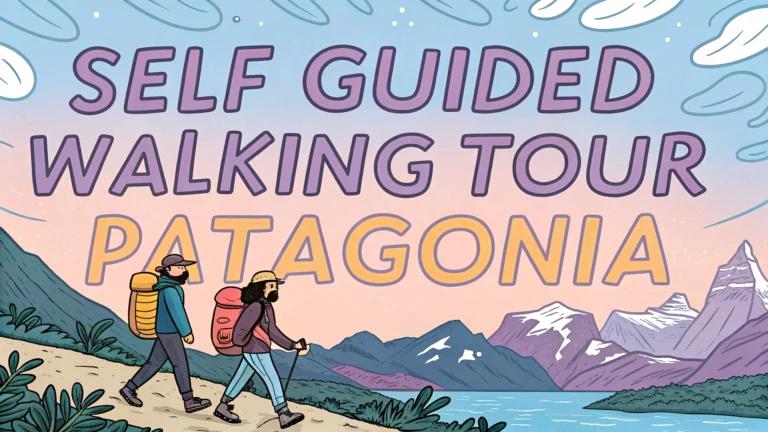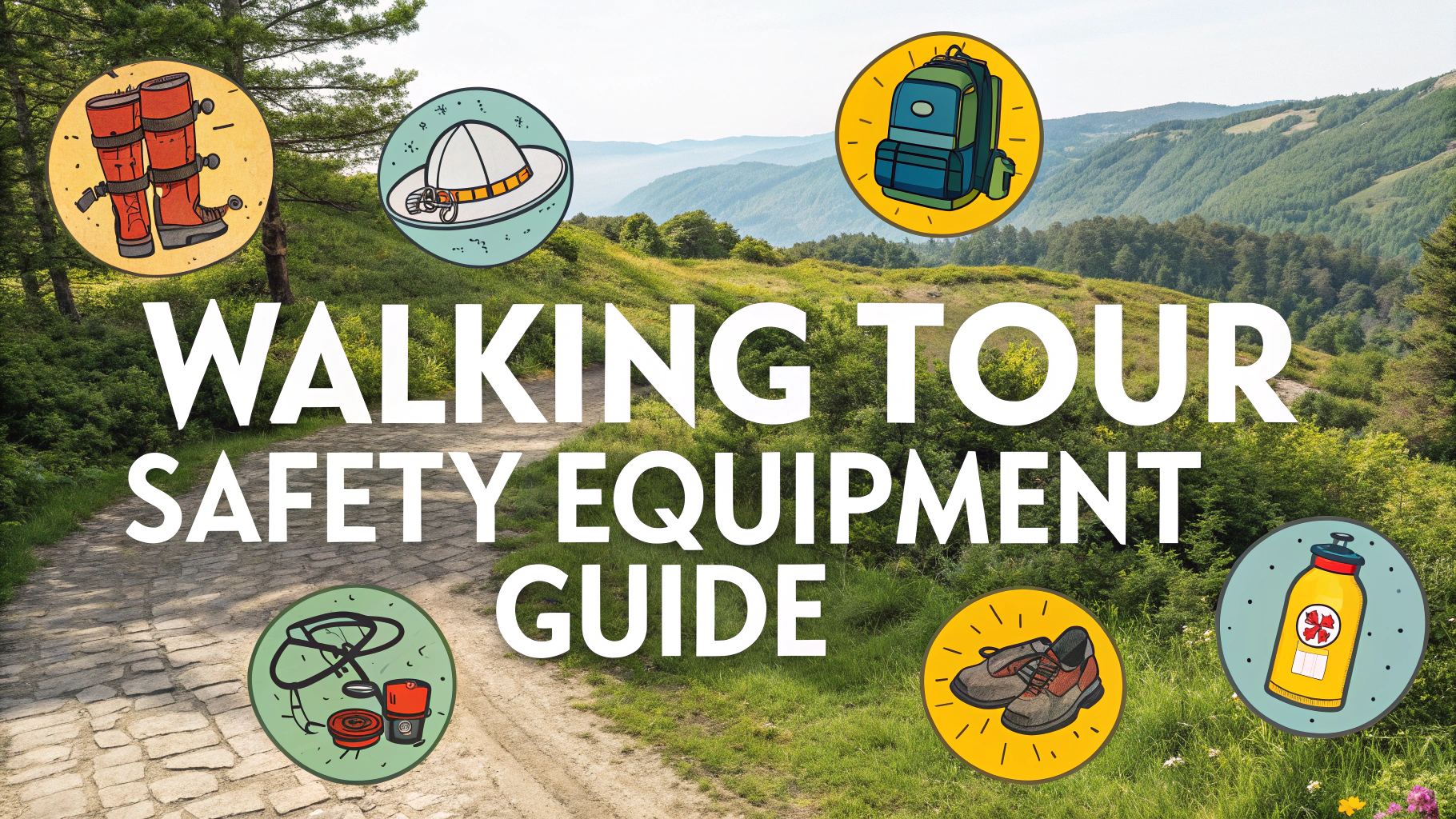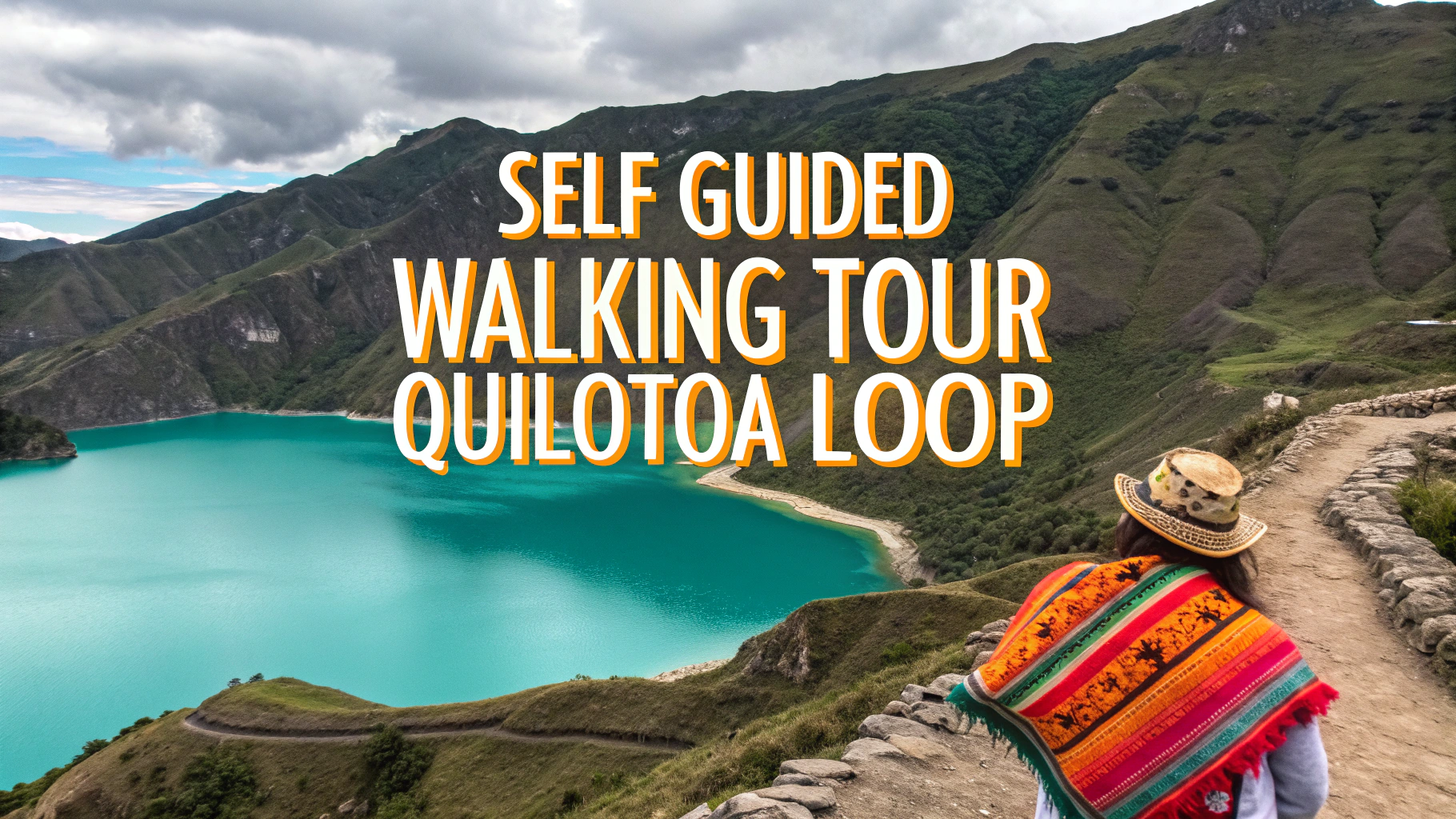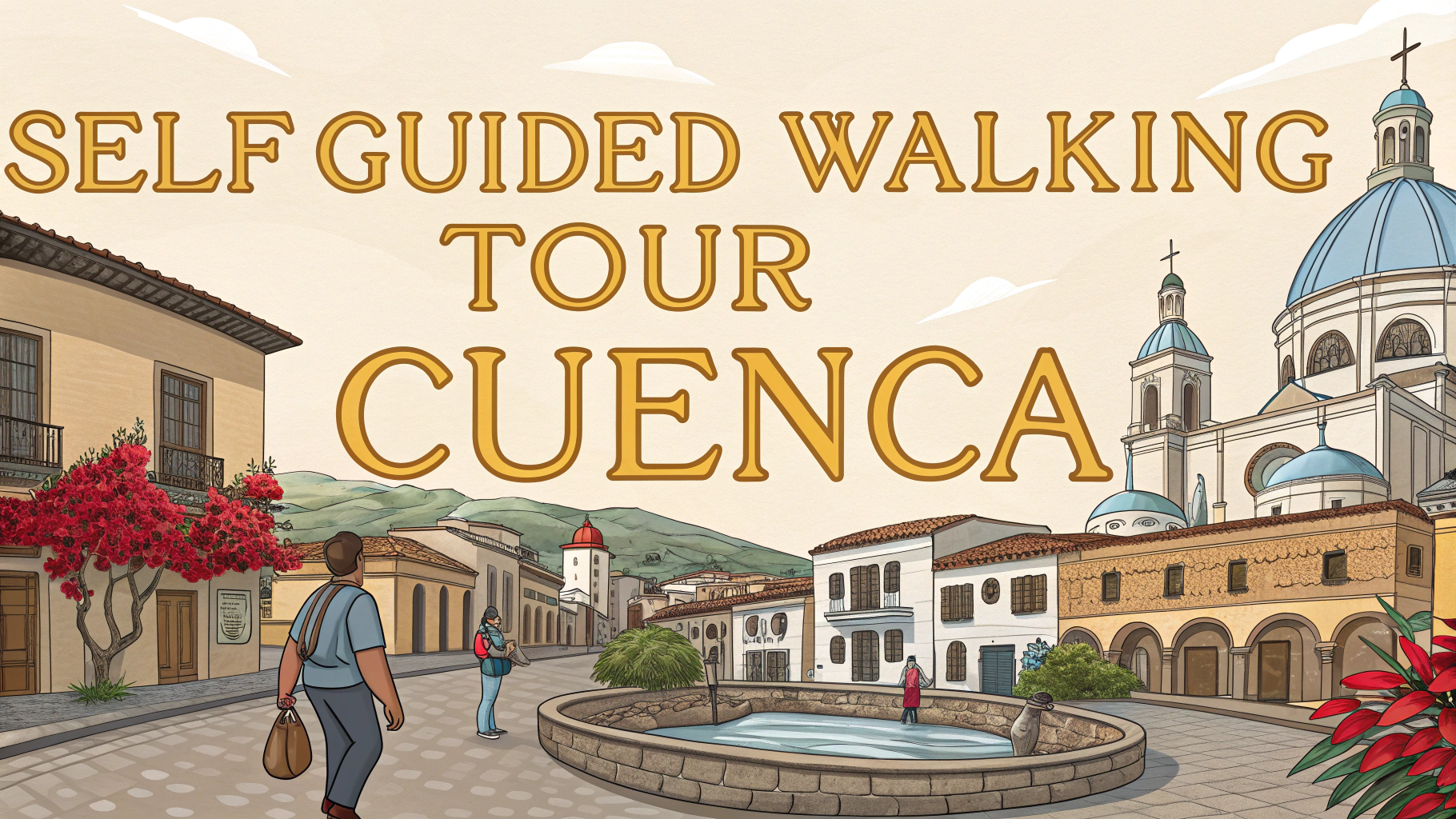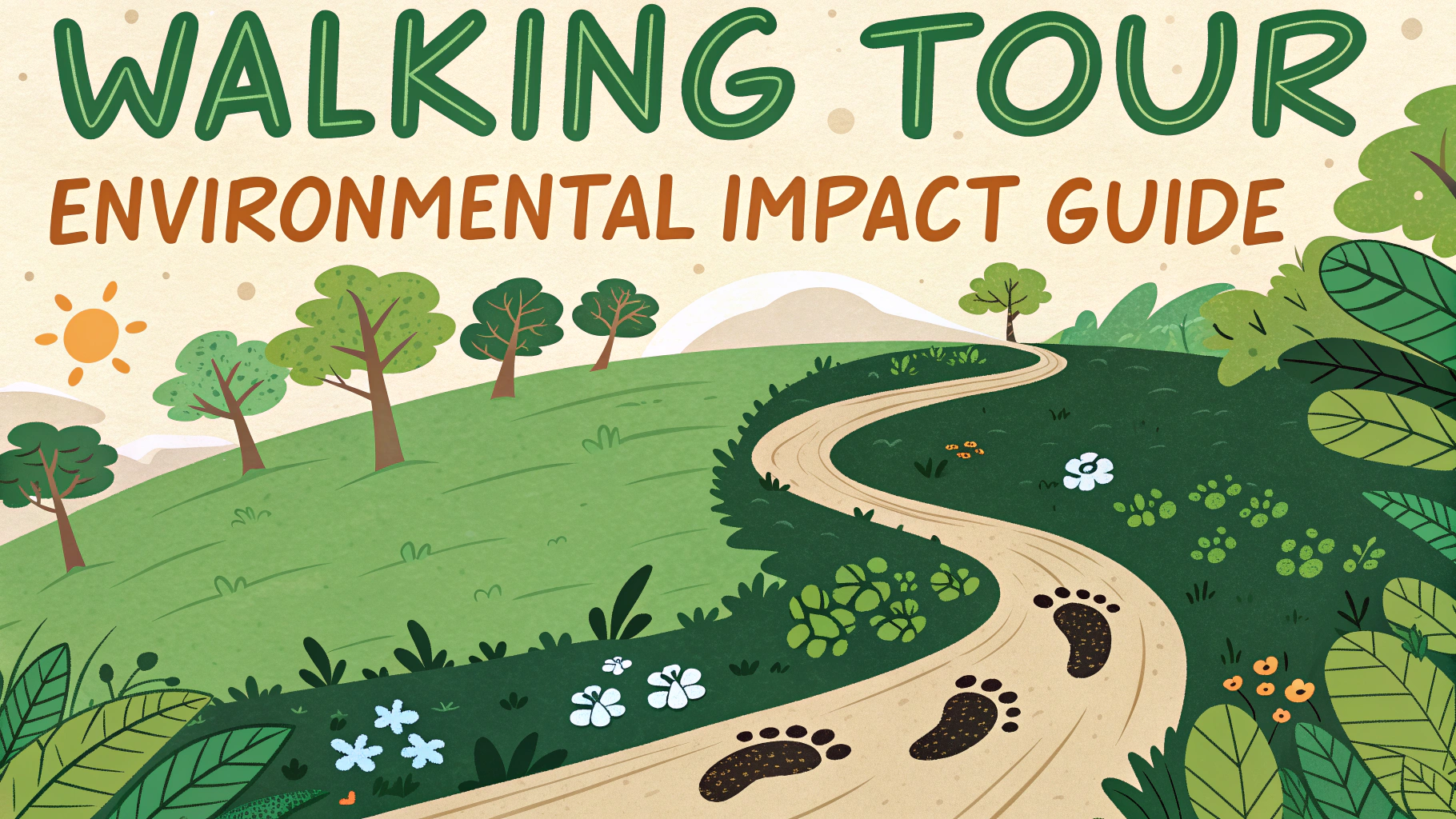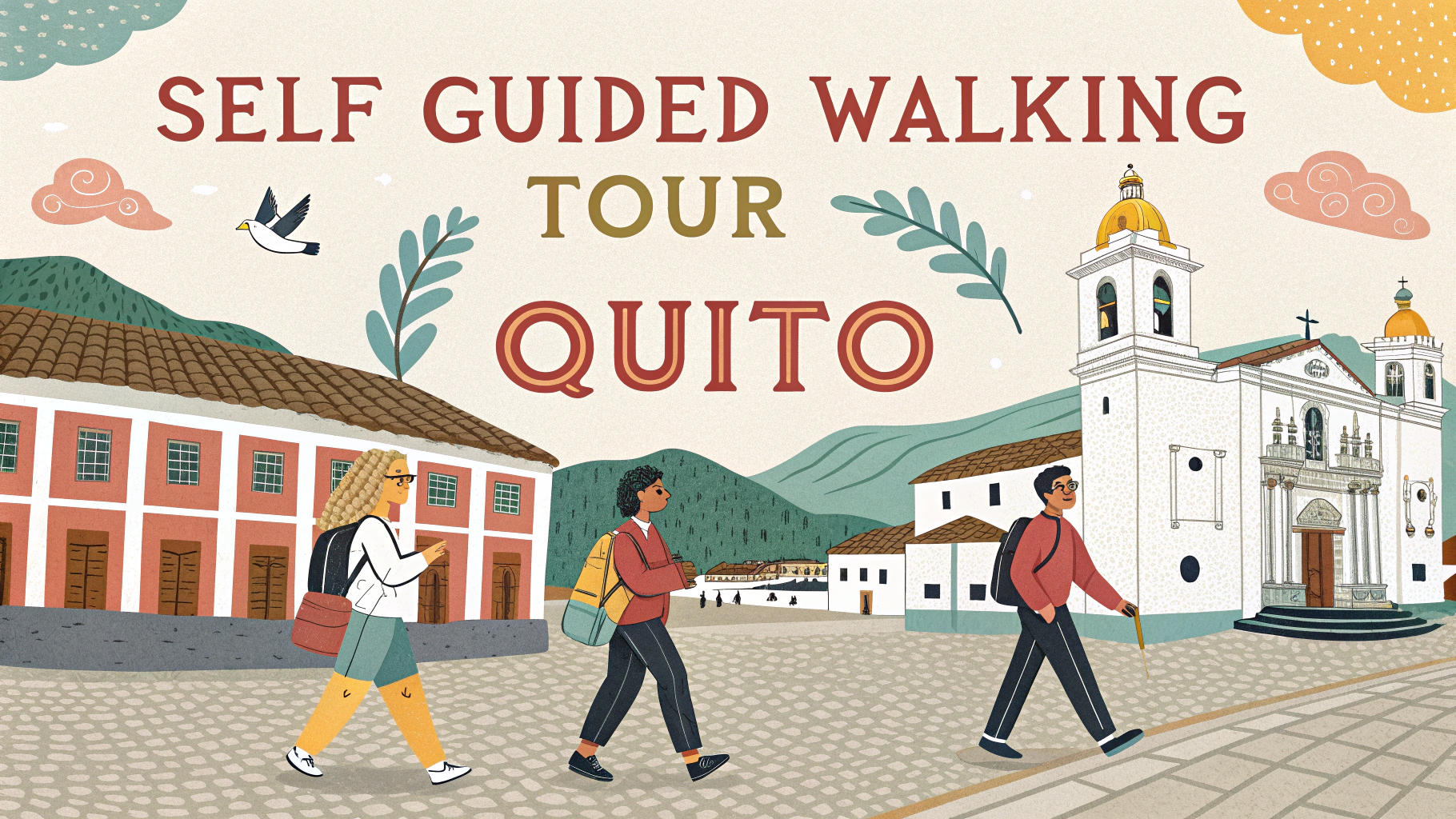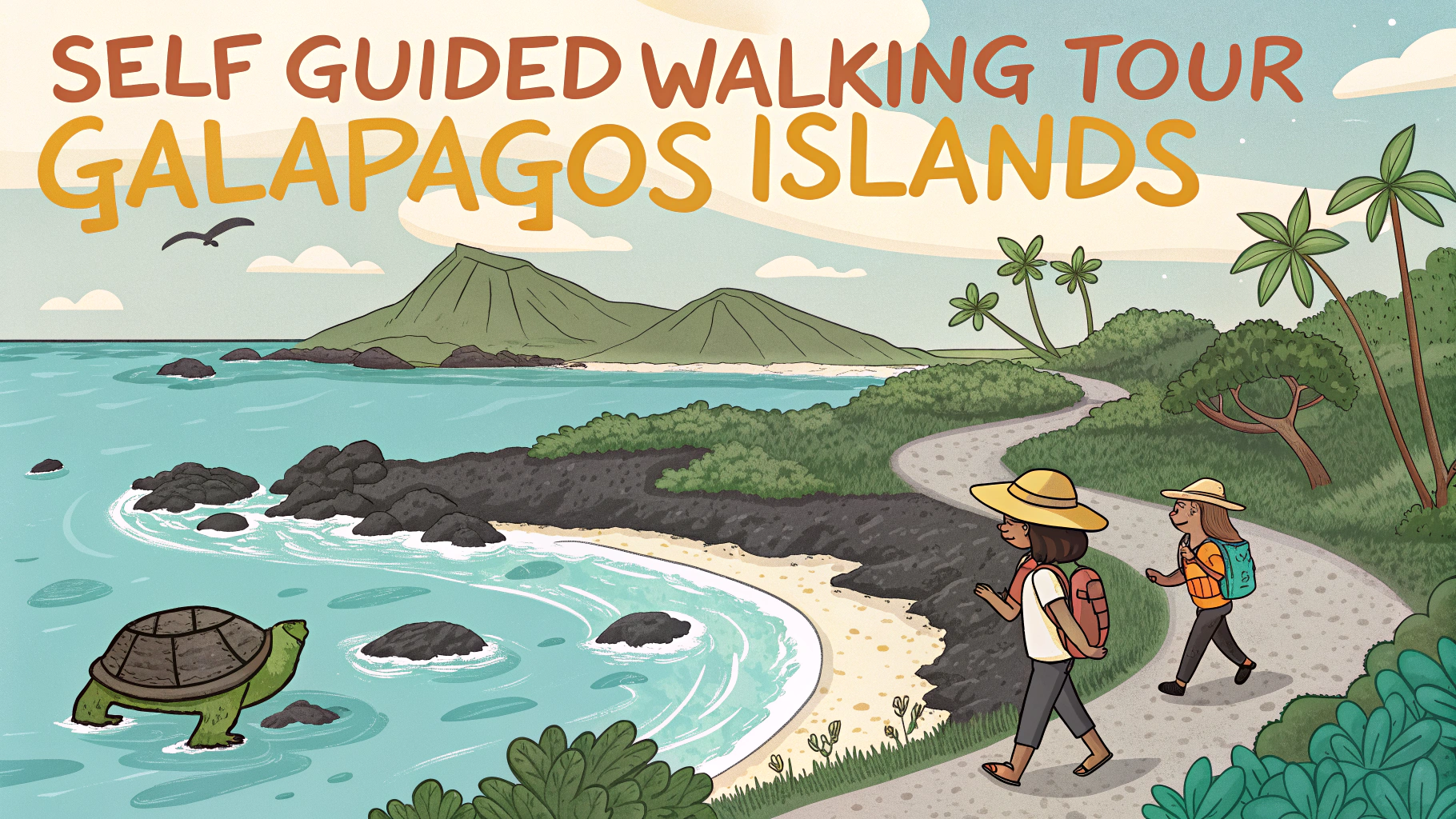Planning a self-guided trek through Patagonia opens up endless possibilities for experiencing South America’s most dramatic landscapes at your own pace.
Best Time to Visit
The prime hiking season in Patagonia runs from October to April, with December to February offering the warmest temperatures and longest daylight hours.
Popular Self-Guided Routes
- W Trek (Torres del Paine): 4-5 days, 71 km
- Difficulty: Moderate
- Highlights: Grey Glacier, French Valley, Torres Base
- Camping or refugio options available
- Fitz Roy Trek (El Chaltén): 2-3 days, 26 km
- Difficulty: Moderate
- Highlights: Mount Fitz Roy, Laguna de los Tres
- Free camping areas available
Essential Gear
- Waterproof hiking boots
- 4-season tent
- Sleeping bag (rated to -5°C/23°F)
- Rain gear
- Layered clothing
- Maps and compass
Booking Information
Book refugios through Vertice Patagonia or Fantastico Sur at least 6 months in advance during peak season.
Transportation Tips
- Fly into Punta Arenas (Chile) or El Calafate (Argentina)
- Take buses from major towns to trailheads
- Book transport through Bus Sur
Practical Tips
- Download offline maps using apps like Maps.me or AllTrails
- Carry cash for refugios and camping fees
- Pack lightweight, high-energy snacks
- Check weather forecasts daily
- Register your trek with park authorities
Emergency Contacts
| Location | Emergency Number |
|---|---|
| Torres del Paine National Park | +56 61 2360302 |
| El Chaltén Mountain Rescue | +54 2962 493051 |
Cost Estimates
- Camping: $10-15 USD per night
- Refugios: $50-80 USD per night
- Park entrance fees: $30-45 USD
- Food supplies: $15-25 USD per day
Remember to practice Leave No Trace principles and respect local regulations during your trek.
Weather Considerations
- Strong winds up to 100km/h common year-round
- Sudden weather changes – prepare for 4 seasons in one day
- Average temperatures:
- Summer (Dec-Feb): 10-20°C (50-68°F)
- Shoulder Season: 5-15°C (41-59°F)
Physical Preparation
- Train for 3-4 months before trek
- Focus on:
- Cardio endurance
- Hill climbing
- Core strength
- Practice with loaded backpack
Navigation Skills
- Learn basic map reading
- Understand trail markers
- Practice compass navigation
- Download GPS tracks
Wildlife Safety
- Store food properly
- Keep distance from pumas
- Never feed local wildlife
- Make noise while hiking
Conclusion
Self-guided trekking in Patagonia requires thorough preparation, proper gear, and respect for the environment. With careful planning and adherence to safety guidelines, hikers can experience one of the world’s most stunning wilderness areas independently. Success depends on weather awareness, physical preparation, and responsible trekking practices.
For the safest experience, always inform others of your plans, stay on marked trails, and be prepared to adjust your itinerary based on conditions. The reward is an unforgettable adventure through some of South America’s most pristine landscapes.
FAQs
- What is the best time of year for self-guided walking in Patagonia?
October to April is the optimal time, with peak season being December to February. March and April offer fewer crowds and beautiful fall colors. - Which trails in Patagonia are suitable for self-guided hiking?
The W Trek in Torres del Paine, Laguna de Los Tres in El Chaltén, and Cerro Llao Llao in Bariloche are well-marked trails suitable for self-guided hiking. - What essential gear do I need for self-guided hiking in Patagonia?
Waterproof hiking boots, layered clothing, rain gear, navigation tools (maps/GPS), emergency shelter, first aid kit, and sufficient water containers are essential. - How difficult is the terrain for self-guided walks in Patagonia?
Terrain varies from moderate to challenging, with elevation gains, rocky paths, and weather exposure. Most popular trails are well-marked but require good physical fitness. - Do I need permits for self-guided hiking in Patagonia?
Some areas like Torres del Paine National Park require entrance permits and camping reservations. Los Glaciares National Park also requires entrance fees. - What’s the average duration of self-guided walks in Patagonia?
Day hikes typically range from 4-8 hours, while multi-day treks like the W Trek take 4-5 days. The O Circuit requires 7-9 days. - Is it safe to do self-guided walks in Patagonia?
Yes, when properly prepared. Major trails are well-maintained and frequently traveled, but hikers should check weather conditions and register with park authorities. - What accommodation options exist for self-guided hikers?
Options include refugios (mountain huts), established campgrounds, hostels in gateway towns, and hotels. Advance booking is essential during peak season. - How do I handle weather changes during self-guided walks?
Pack appropriate gear, check weather forecasts regularly, and be prepared to adjust plans. Patagonian weather can change rapidly with strong winds and sudden storms. - What’s the best way to access trailheads for self-guided walks?
Most trailheads are accessible by public bus or shuttle services from major towns like El Calafate, El Chaltén, and Puerto Natales.
